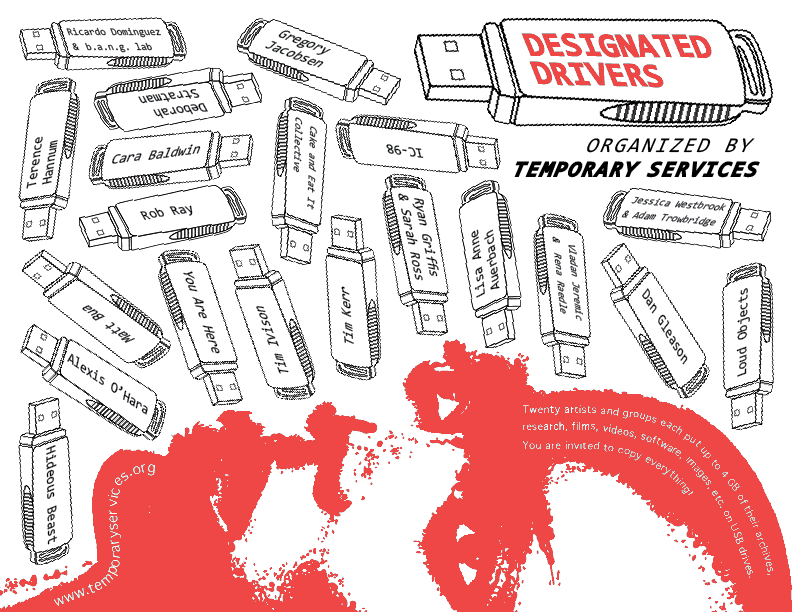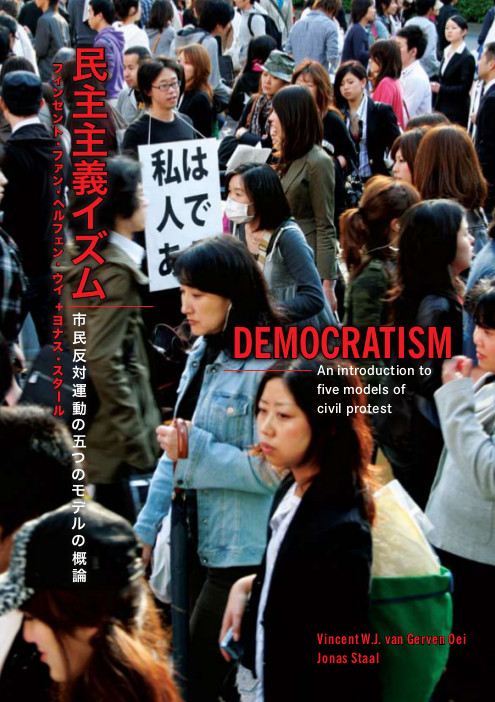Florian Hecker: Chimerization (2012) [EN, DE, Farsi, AAC, MP3]
Filed under booklet, sound recording | Tags: · acoustics, hearing, photography, psychoacoustics, sound

Chimerization investigates human relationship to sound, spatial hearing, and psychoacoustics through processed photography created by Florian Hecker to dramatize the psychoacoustic phenomenon of the auditory chimaera. The term auditory chimaera metaphorically employs the notion of the chimaera from Greek mythology, a hybrid creature whom, according to Homer, was “of divine race, not of men, in the fore part a lion, in the hinder a serpent, and in the middle a goat, breathing forth in terrible manner the force of blazing fire” (Iliad,6.181).
Originally developed at MIT by Bertrand Delgutte, Senior Research Scientist at the Research Laboratory of Electronics, the concept of the Auditory Chimaeras allows one to explore the relation between pitch perception and sound localization as they reveal a possible acoustic basis for the hypothesized ‘what’ and ‘where’ pathways in the auditory cortex. The concept of Chimerization takes a fresh and novel approach on the mapping and transferring of sonic qualities between different sound sources. While sound morphing has a tradition within the field of electroacoustic music, this rigorous scientific approach–the mapping and exchange of the phenomenal features of different sounds–opens the ‘phenomenological gap’ within the field of psychoacoustics while providing an intense experiential notion.
With an introduction by Chus Martínez
Publisher documenta und Museum Fridericianum, Kassel
Series: dOCUMENTA (13): 100 Notizen – 100 Gedanken No. 102
ISBN 3927015512
26 pages
review (Grayson Currin, Pitchfork)
project page
upcoming book with extended material
PDF
ZIP (PDF+AAC)
ZIP (PDF+MP3)
related: Florian Hecker: Speculative Solution (2011/2012)
Temporary Services: Designated Drivers (2011)
Filed under booklet | Tags: · archive, archiving, art, filesharing, sharing, usb

“A USB drive is a flash memory data storage device that is integrated with a Universal Serial Bus interface. With the invention of USB drives, digital information has become extremely portable and easy to transfer in large quantities from one computer to another. Students regularly bring their films and MP3 files to class on USB drives. Professors carry their lectures and presentations on USB drives and plug them into a school’s host computer. Files move back and forth whether there is internet access or not. And as we have seen in the recent revolutions in Egypt, and the Middle East, internet access is not guaranteed. Websites can be blocked or an oppressive government can get the whole thing turned off and taken away. Corporations can pressure governments to throttle the internet in unequal biased manners that are good for their businesses, but not individuals and communities. Still, files want to move between people. Back up plans are needed and sharing must continue. We are all creating massive digital surpluses and broadband is too limited for us to have greater, freer kinds of exchanges.
For Designated Drivers, we invited an international selection of twenty people and groups to each fill one four-gigabyte USB flash drive with material of their choosing. These drives will then be presented in exhibition spaces, attached to wall-mounted retractable laundry lines. Visitors will be able to load their own drives or laptops (or use a host computer and CDrs or DVDrs) with any of the material they would like from each of the flash drives.
The drives include images, films, audio, programs, and many publications worth of writing and graphic design. File types include: MP3, JPEG, PNG, AIFF, TIFF, PSD, WORD DOCs, PPT, MPEG, PDF, AVI,and more. The participants have included mountains of material – often at higher resolution than is commonly seen on a personal website, and in many cases material that is not duplicated online at all. Some participants have used this opportunity to present a few recent projects with great depth, while others have chosen to survey their entire creative output over more than a decade.
The contents of the flash drives in Designated Drivers are deliberately not available online from one centralized location. We want you to get out of your house. We want you to mingle, in person, with others and talk about which files look interesting to transfer and which might be more to someone else’s liking. We want to make file sharing a bit more physical, social and special again – the way that tape traders in the 1980s would duplicate music onto cassette for another another and mail amazing obscurities to each other all over the world. We also recall those who linked their VCRs together to share obscure films and concert footage. Technology has come a long way, and today we can make these exchanges without a quality loss with each generation that gets removed from the original. We can fit more copies into ever smaller packages. But we question our own growing dependence on the internet as a means of detached information exchange and want to try another approach.
This booklet is a guide to the first round of offerings. Each ‘Designated Driver’ has written an introduction to their device. We welcome you to copy whatever you like, and to further share it however you see fit. We encourage you to organize your own social file sharing situations to make this process more fun, more social, and a hell of a lot less controllable.” (organizers)
Publisher Temporary Services, April 2011
24 pages
Vincent W.J. van Gerven Oei, Jonas Staal: Democratism: An Introduction to Five Models of Civil Protest (2009) [English/Japanese]
Filed under booklet | Tags: · art, democracy, democratism, protest

Five individual reenactments of more and less known historical protests from the western world, in which all slogans have been translated into Japanese. The selection of the actions was based on the measure in which they were able to reflect on their own form of appearance. The actions were performed by several Japanese performers, who were also handing out flyers containing a short description of the performance and documentation of the original protest. Thus, the work formulated a critique on the institutionalized western mass protests as well a reflection on the state of democratism as is was implemented in Japanese society,
video interview with the authors
Democratism and the Institution We Call the Artist (2011, Jonas Staal’s debate in reponse to the essay “Politics of Art: Contemporary Art and the Transition to Postdemocracy” by Hito Steyerl, Art Brussels, published in Noordkaap Magazine
Translations by Yoshie Irie, Midori Sakai, and Mai Kato
24 pages
PDF, PDF (updated on 2018-7-26)
Comment (0)
